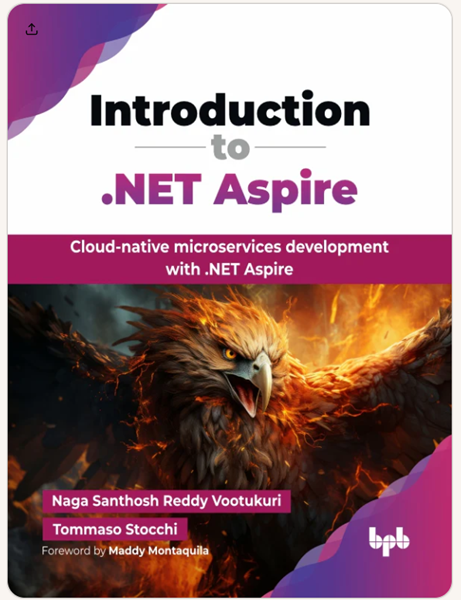
SQL Interview: 99 Table join order
This is a post in the SQL Interview series. These aren’t trick or gotcha questions, they’re just questions designed to scope out a candidate’s knowledge around SQL Server and Azure SQL Database.
Section: Development Level: Medium
Question:
You are writing a query that involves inner joins across five tables. Does the order of the tables within the query affect the query plan?
Answer:
No. SQL Server determines the best order for you to join the tables in.
2025-12-21





